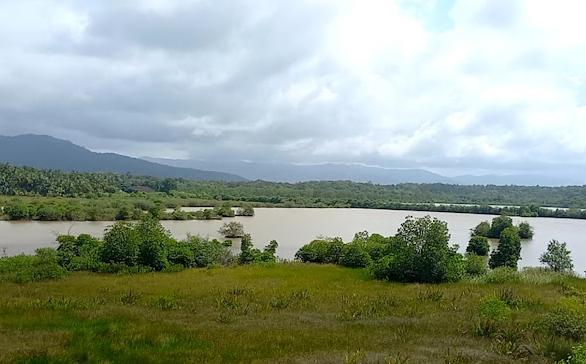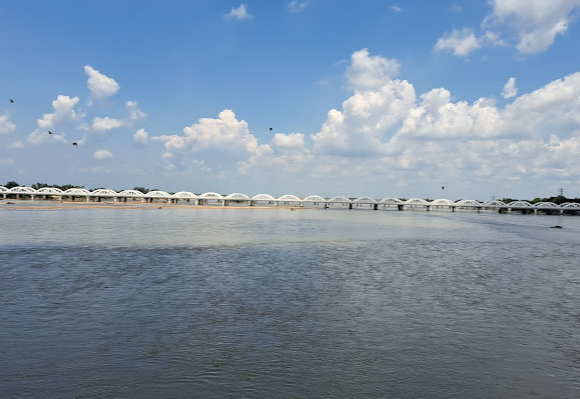- This is the 126th Thevara Paadal Petra Shiva Sthalam and 9th Sthalam on the South side of river Kaveri in Chozha Nadu. Since there are two places of the same name as Thirukattupalli, to differentiate, this place is called as Melai Thirukattupalli and the other one near Thiruvenkadu is called as Keelai Thirukattupalli also called as Parthanpalli.
- Thirugnanasambandar and Appar mention both the temples as Kattupalli and this place is now called as Thirukattupalli.
PURANIC SIGNIFICANCE 1:
- During the puranic period Indra, and Devas came to this temple and worshipped Lord Shiva.
- Surya prayed to Lord Shiva that he was to blame that the things whatever he touched were getting burnt and wanted to relieve from that blame.
- Lord Shiva told Agni to create a Theertham, take bath and worship him to get rid of the blame and also the devotees who take bath and worship Lord Shiva will also be relieved from their sins.
- The devotees who worship after taking bath in the Agni Theertham on Karthigai Sundays, Masimaham, Panguni Uthiram and Vaikasi Visakam will get the benefits.
PURANIC SIGNIFICANCE 2:
- Once there was a gathering of the celestials at this place, to pray to Lord Shiva.
- Agni had a specific request.
- He put forth that he was carrying the burden of all the sins that were burnt in the fires of yagams.
- In addition, he had a poor reputation of scorching and charring anything he touched.
- So he wished to be purified of these accumulations.
- At Sivas’ directions, Agni worshipped Him after taking a bath at the temple tank.
- So the moolavar here takes the name Agneeswarar, and the temple tank is also called Agni Theertham.
PURANIC SIGNIFICANCE 3:
- At one time, the reigning king of Uraiyur would get sevvanthi flowers from the garden of Sage Saroma, which were intended only for Shiva worship.
- The king would then give the flowers to his two wives.
- The elder one who lived in Thirukattupalli would use them to worship Shiva, while the younger wife at Uraiyur wore them on herself.
- Displeased with this, the sage made Siva rain sand at Uraiyur, until the king and the queen realised their error, and worshipped here in penitence.
Devotees who worshipped here:
Thirumal, Brahma, Sun, Baheerathan and Urayur Queen.
179aed.png)


